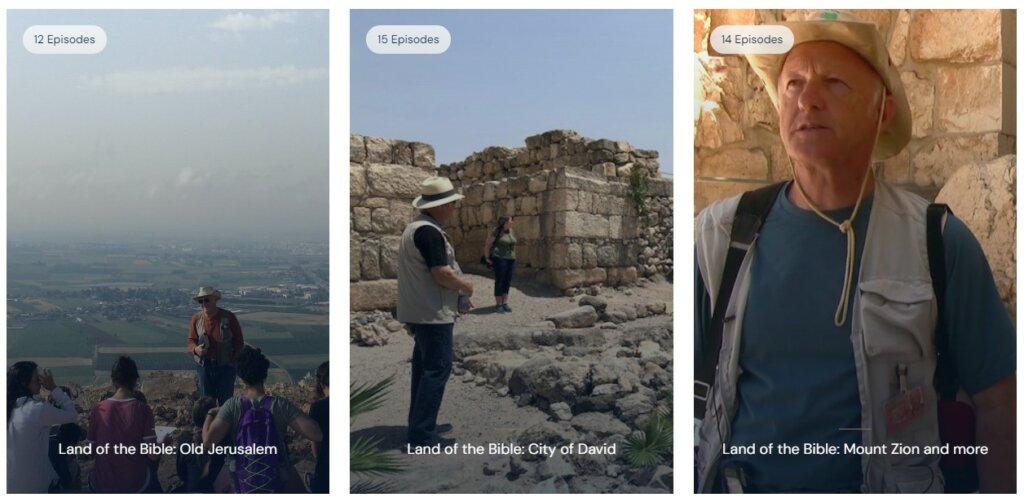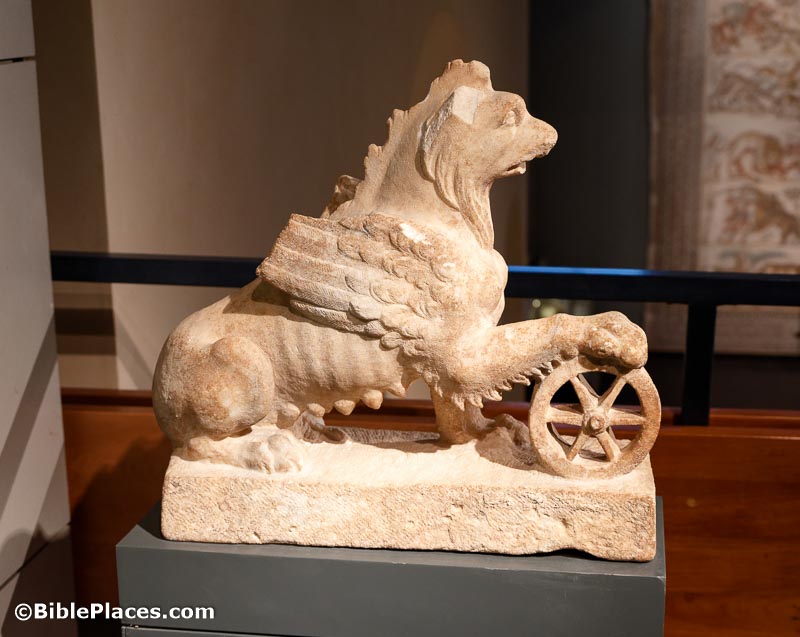A new study reports on some of the earliest evidence of warfare—424 biconical slingstones from the Early Chalcolithic period discovered at two sites in northern Israel.
Chandler Collins has produced his latest Jerusalem Tracker, with the latest news, publications, and media about the holy city.
The latest issue of DigSight, produced by the Institute of Archaeology at Southern Adventist University, has stories on a new museum exhibit, the inscribed ivory comb, and a new Archaeology and Cultural Background Study Bible.
The Biblical Archaeology Society has announced its publication awards for 2023 in the following categories:
- Best Book on Archaeology
- Best Dig Report
- Best Book on the Hebrew Bible
- Best Book on the New Testament
Bryan Windle discusses the top ten archaeological discoveries related to the book of Joshua on a latest episode of Digging for Truth.
Israel’s Good Name reports on a berry-picking expedition near Shiloh that he went on this summer.
James R. Strange is on The Book and the Spade discussing his new book, Excavating the Land of Jesus.
Jerusalem University College has announced its online courses for the spring semester, including:
- Archaeology of the Hill Country of Judah and Israel, with Chris McKinny and Kyle Keimer
- Hebrew Readings in the Book of Genesis, with Eldon Clem
- Jesus and His Jewish World, with Steven Notley
- Physical Settings of the Bible, with Chandler Collins
- The Book of Revelation and the Seven Cities of the Apocalypse, with Chris Vlachos
HT: Agade, Arne Halbakken, Keith Keyser

